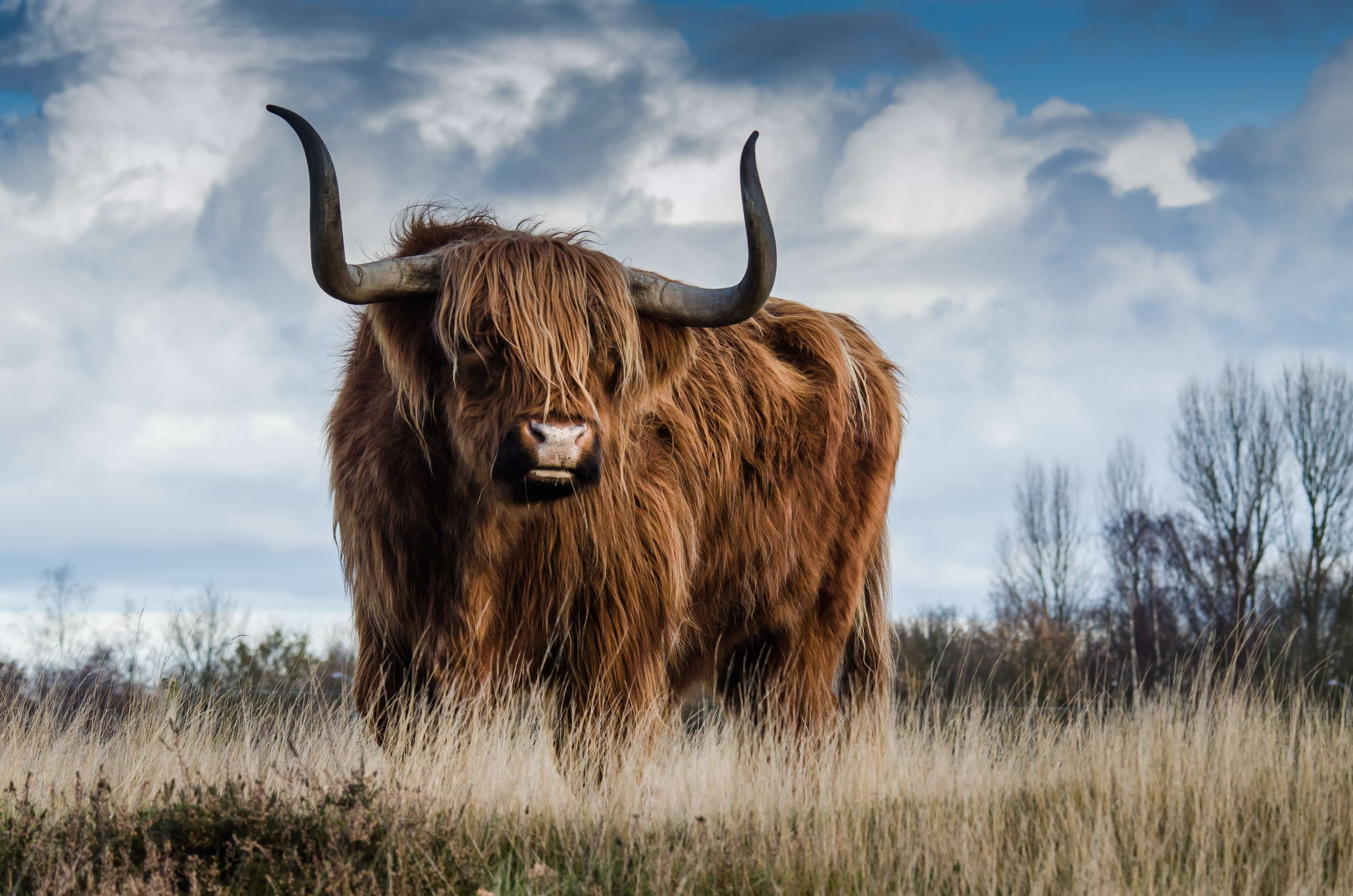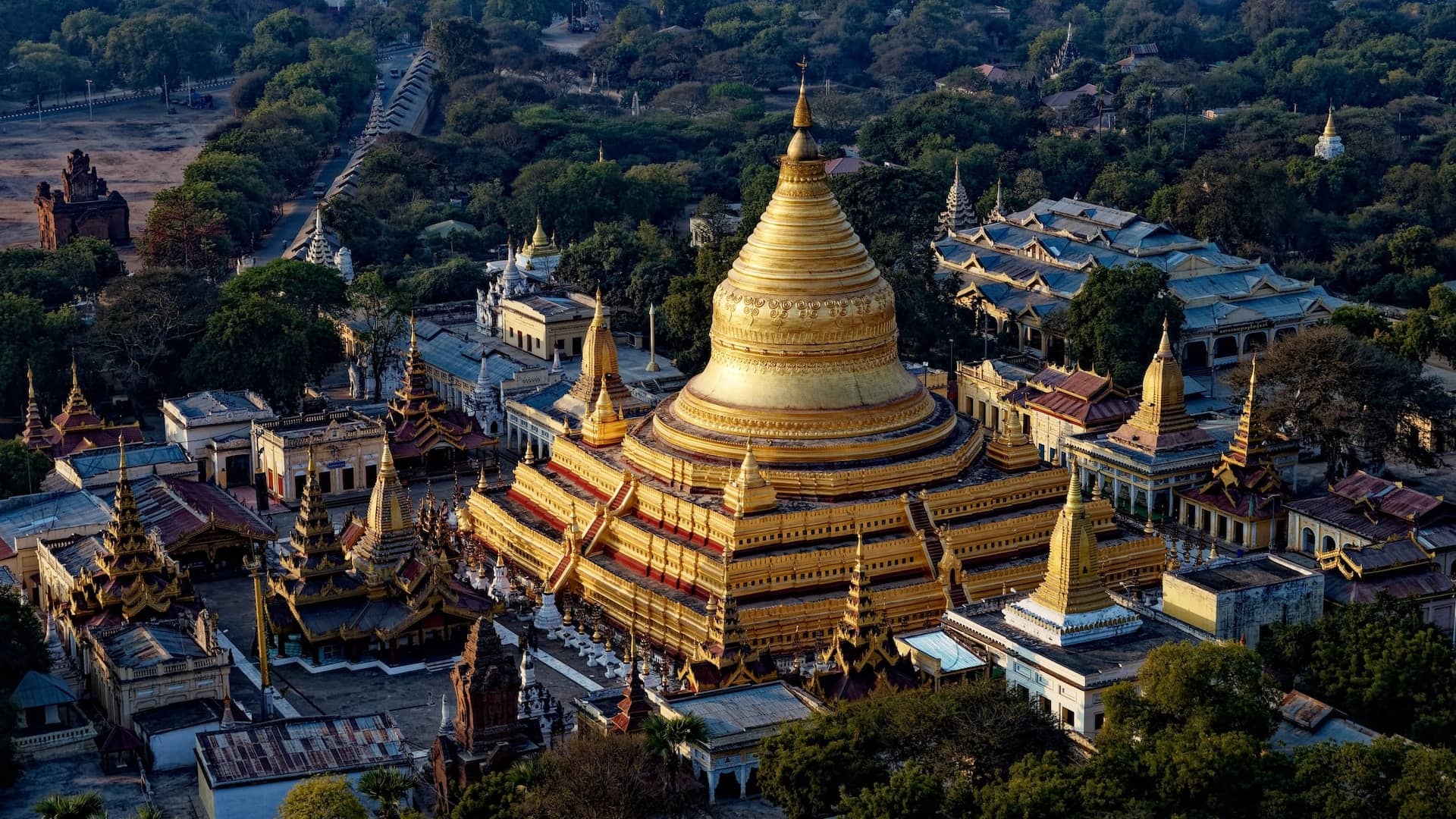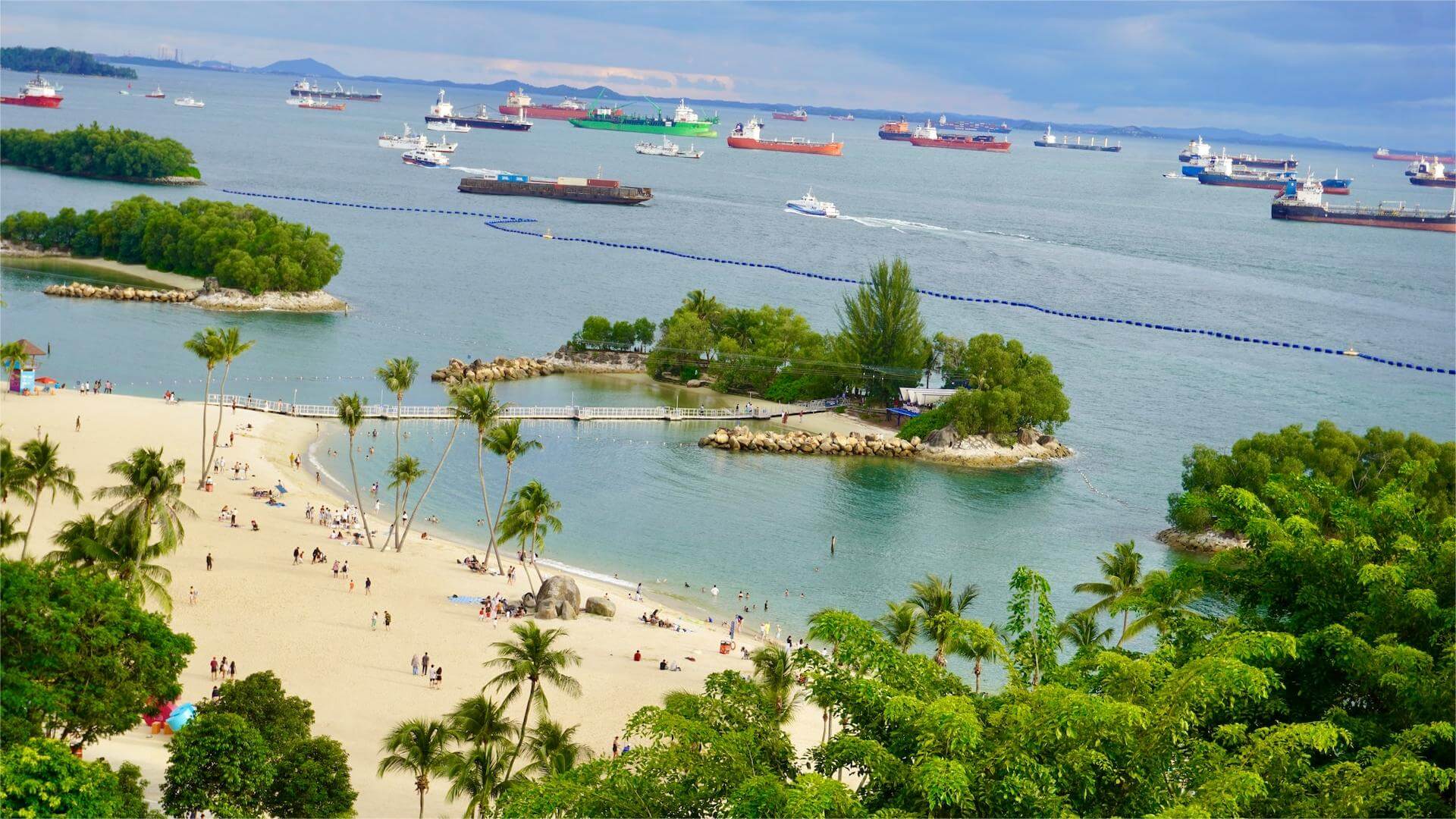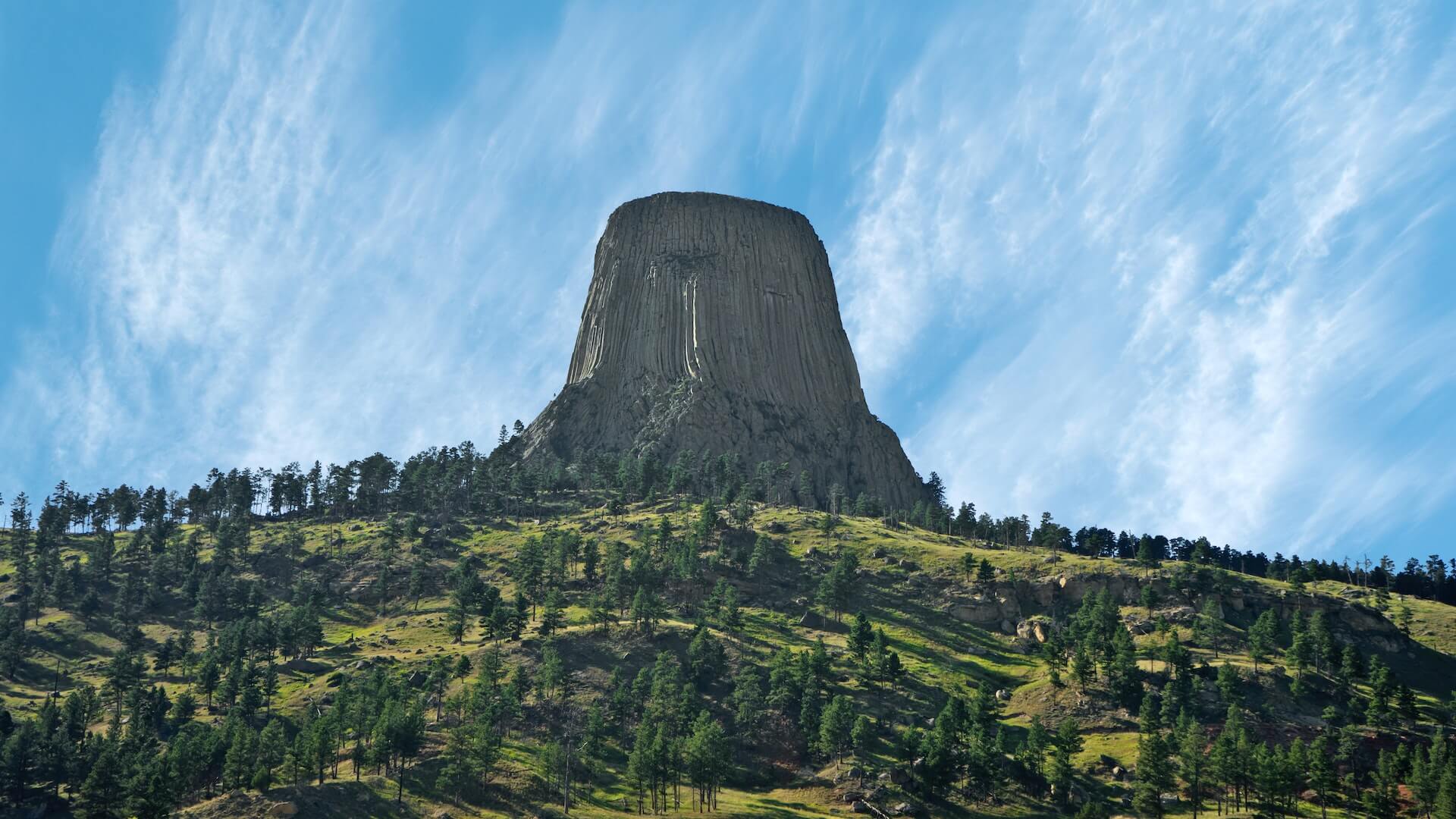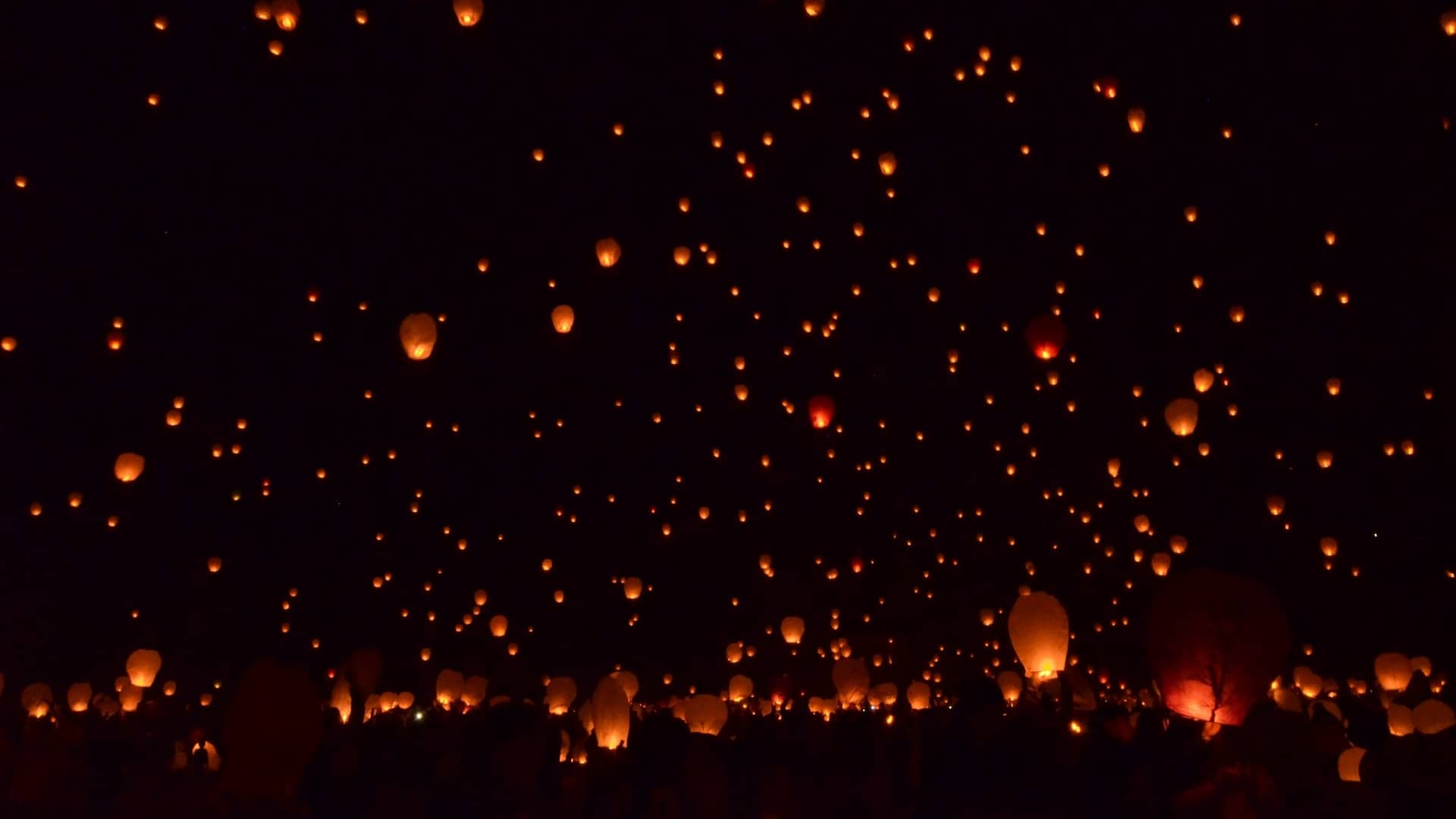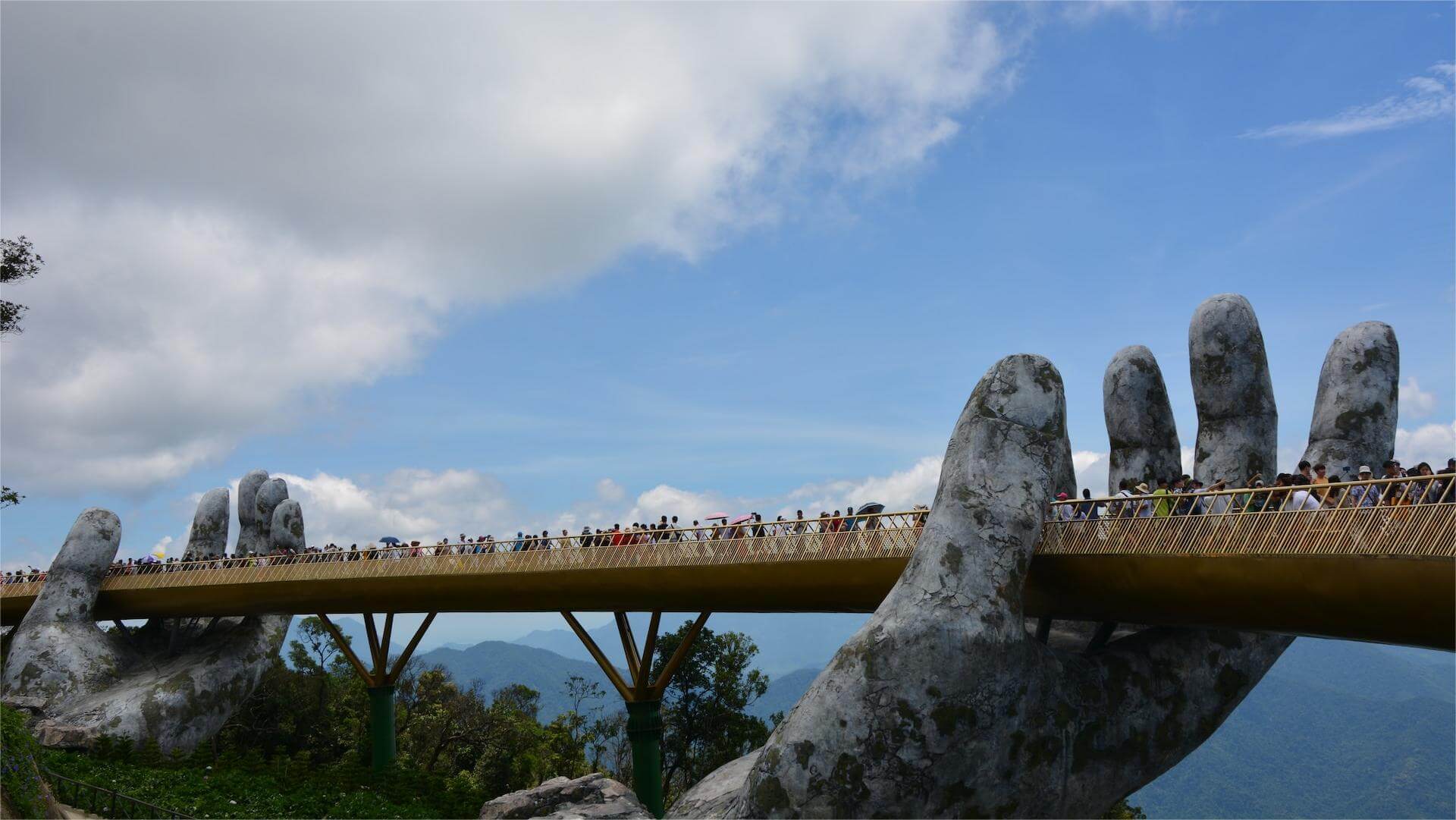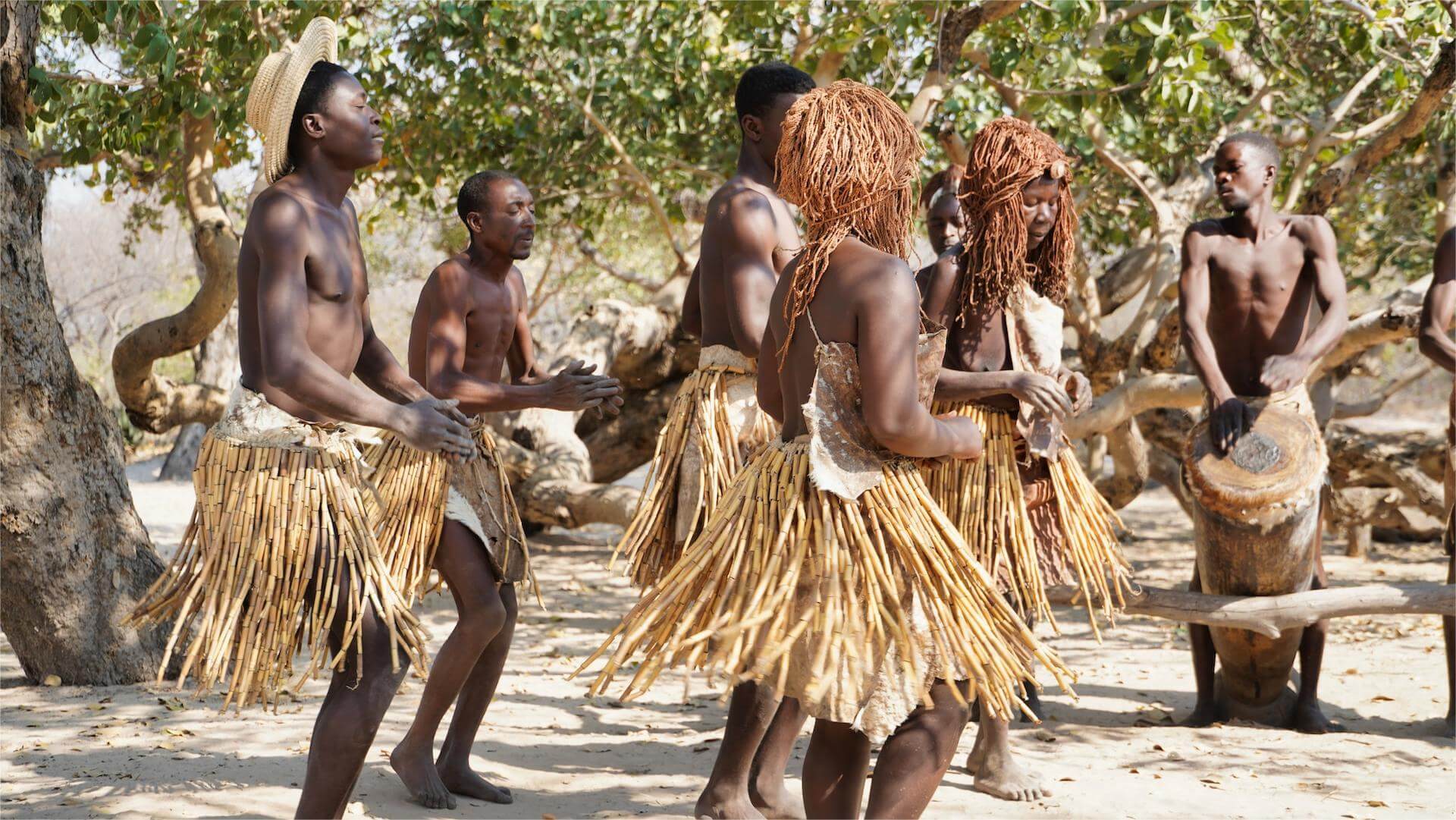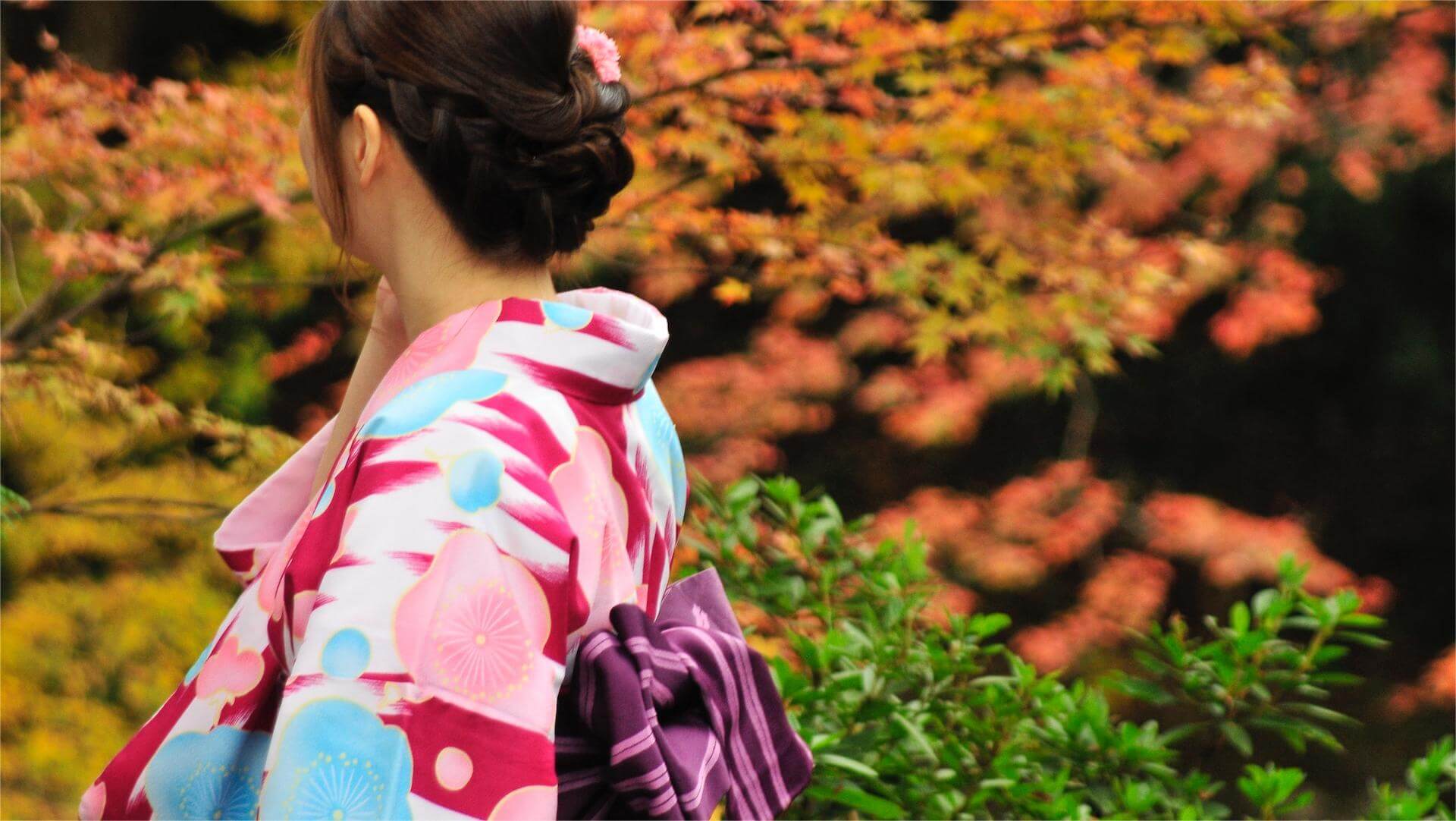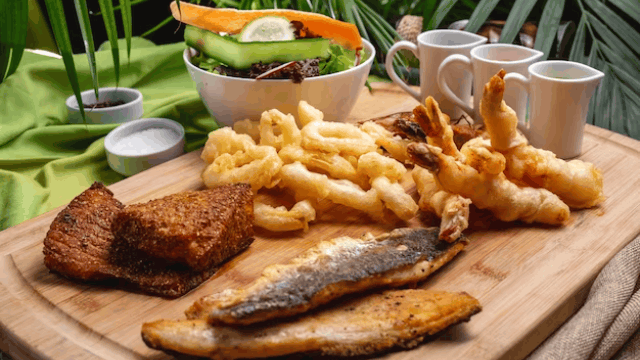S
Xu Li, a special correspondent of Global Times in South Africa, wrote in Out of Africa (an autobiographical novel by Danish author Karen Blixen) about a poor Kenyan Kikuyu who accidentally inherited a cow and felt rich enough to marry another wife. When the reporter set foot on this land, he realized that the cow not only symbolizes personal wealth in Africa, but is also an important symbol of African culture and faith.
Sacred Chosen Beast
In Botswana, cattle are seen as sacred Chosen Beasts, existing between man and God, body and spirit, offspring and ancestors, and are sacred animals to achieve communication and invocation. They are the main offering in ancestral rituals. In many southern African cultures cattle are not classified as animals, they are more like members of the family. When visiting African tribal sites, this reporter was surprised to find that at the center of an extended family was the cattle pen, surrounded by the domed thatched huts of the other members, and that the cattle were the first thing each family member saw when they emerged from their huts at dawn.
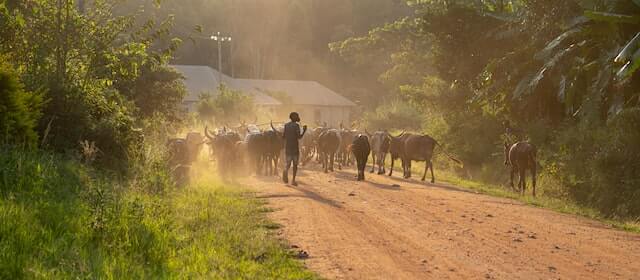
The boys of the family are responsible for the cattle, and they dream of one day owning their own herd and becoming the head of the family. The girls know that the herd is their future dowry, a guarantee of happiness.
There are more than 150 species of cattle indigenous to the African continent. There are the miniature Lobi cattle, the massive Ethiopian Bolan cattle, the white cattle favored by the Kamba people, and the crimson cattle favored by the Ankole people. The diversity of African landscapes and environments has created a wide variety of cattle adapted to specific environments.
The most dangerous African buffalo
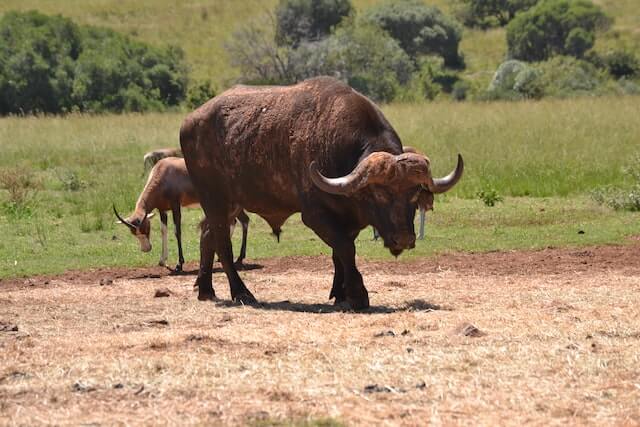
In the whole African land, there are recognized "Big Five" - lion, leopard, rhinoceros, elephant and African buffalo. Can be lined up with the lion and leopard, the African buffalo is indeed not ordinary cattle. With our impression of cattle meek and hard-working different, African buffalo can be called one of the most dangerous animals on the African continent, with "black killer" called. This reporter has seen a group of African buffalo in a small depression, a black mass of 20 to 30 heads, the size of non-domestic cattle comparable, tall and strong, round belly, the lead few cattle heard the sound of the car, stop grazing, fixed to look at me, even if the distance of about 20 meters, still can not help but chilling.
The horns of the African buffalo are integrated with the top of the head, which looks like a large helmet, and some people jokingly call it like wearing a wig with a middle part. The curvature of the African buffalo horn is very large, which is their most powerful weapon, fighting, even lions, crocodiles are not opponents. It is reported that every year more than 200 people are stabbed and trampled to death by African buffalo, and they even ambush hunters, killing more humans in Africa than any other animal. The African buffalo is a distant relative to the domestic cattle and has never been domesticated. This inevitably reminds people of the "Journey to the West" in the Bull Demon King, the surface simple and silly, but the magic power is not under Sun Wukong.
South Africa's "Presidential Bull" worth millions
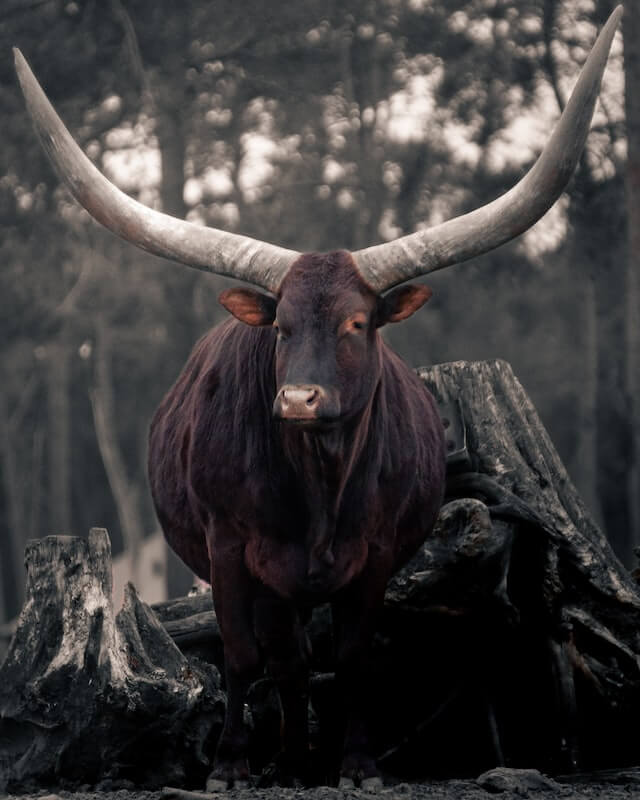
"In 2022, Ramaphosa auctioned 16 precious Ankole cows on his farm, and his brother-in-law bought four of them for 4.7 million rand (1 South African rand is about 0.4 yuan). His brother-in-law bought four of the cows for 4.7 million rand (1 South African rand is about 0.4 yuan), with the most expensive one costing 2.1 million rand.
In 2004, Ramaphosa brought the genes of the Ankole cattle from Uganda via Kenya to South Africa, where they were implanted into surrogate cows, landing the Ankole cattle in South Africa. Since then, occasional auctions have been held and prices have reached record highs.
Known as the world's most magnificent cow, the Ankole has a very dominant appearance, with a tall, 2-meter-long body and a pair of majestic, long horns that "stand out" from the crowd. The horns look heavy, but their interior is a honeycomb structure, and the blood is circulated and cooled in the graceful horns, like an air conditioner, to help them survive in the heat of the drought.
It's not just looks that put the Ankole cattle on the throne. They are extremely capable of surviving in harsh environments and in extreme weather, with the body automatically reducing food and water intake for months at a time, while traveling long distances in search of pasture and water.
The mysterious guardian cattle
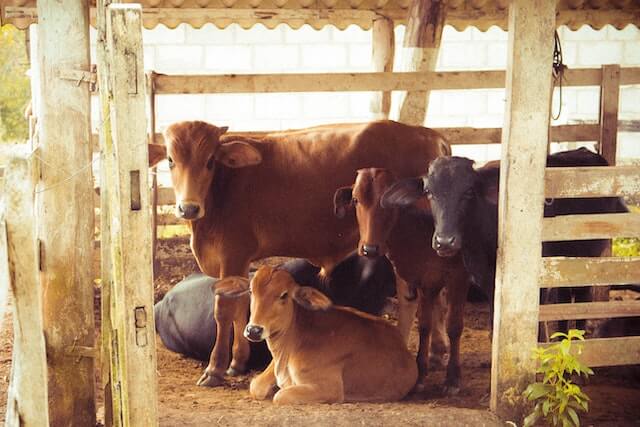
Unlike the Ankole cattle that have made their way into the public eye, the Watusi cattle remain as mysterious as a legend. The Watusi cattle with long and graceful horns have their home in Rwanda and Burundi, and are extremely gentle in nature.
The Mundari are one of the many tribes in South Sudan, and everything about them is related to cattle. At dawn and dusk, people light fires and burn the dried cow dung. The ashes from the dung fires turn into a light orange powder, which the people smear on their cows and themselves as both fly repellent and sunscreen. The Watusi cows produce very little milk, less than a liter a day, and are the main source of nutrition for the locals.
It is said that the Watusi cows have a unique behavior in that when the calves sleep, they stay close to the adult female cow, who may not be the mother of the calf. The adult bulls, on the other hand, will surround the calves, forming a protective wall ready to attack intruders.
